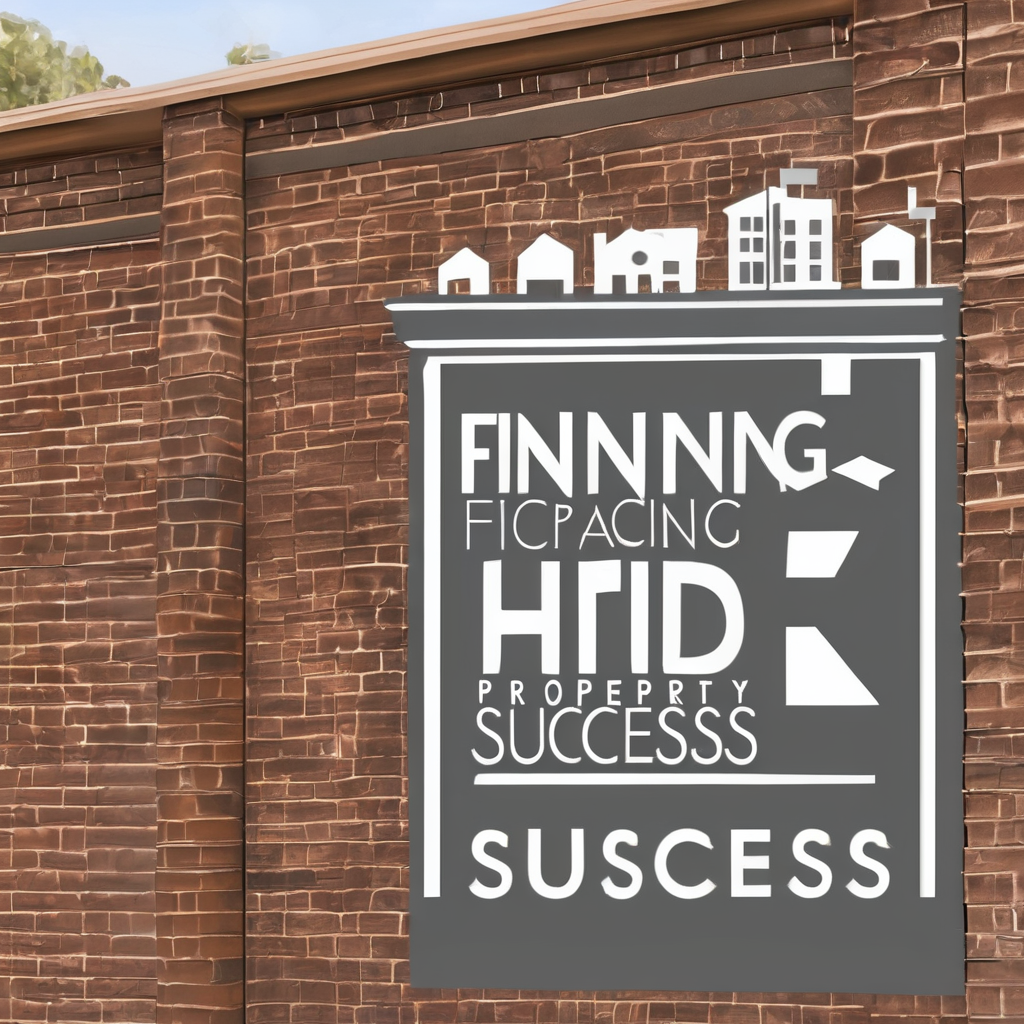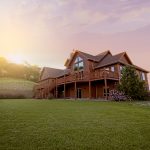As we stand at the cusp of a remarkable shift in the realm of energy accessibility, the focus on sustainable progress has never been more critical. An area gaining increasing attention is the retrofitting of existing buildings. So, what exactly is retrofitting and why should you, as property owners, be interested? Retrofitting, simply put, is the process of enhancing older buildings with modern, energy-efficient technology.
The intention is not merely to improve convenience but to minimize the energy footprint of the property. It is the golden ticket towards an energy-efficient and sustainable environment. This article sheds light on the best practices for energy-efficient retrofitting of existing UK properties.
A lire aussi : How should UK landlords deal with the abandonment of property by tenants?
Understanding the Need for Retrofitting
Retrofitting is not an option anymore, but a requirement for a sustainable future. Why should you retrofit your buildings, and what are the benefits?
The buildings sector contributes to 40% of the UK’s total carbon emissions. This statistic highlights the significant role that buildings play in the country’s overall carbon footprint. With more than half of the buildings expected to still be in use by 2050, retrofitting existing properties is a crucial step towards reducing the carbon emissions and combating climate change.
A voir aussi : The benefits of choosing family office geneva for wealth management
Retrofitting not only mitigates environmental impacts but also improves living standards, increases property value, and significantly reduces energy bills. Homes with higher energy efficiency ratings attract higher rents and property prices, leading to increased asset value.
The Retrofitting Approach: From Data to Implementation
An effective retrofitting approach begins with data collection. Collecting data about a building’s energy consumption, insulation status, and carbon emissions set the foundation for a successful retrofit. The collected data helps in understanding which areas require the most work and planning retrofit measures effectively.
After data collection, the planning phase starts. It should involve a thorough analysis of the current state of the building and the desired efficiency level. The planning phase also includes setting specific targets and deadlines, defining the retrofitting tasks, and preparing budget estimates.
Once the planning phase is done, the implementation phase starts, where the actual retrofit measures are carried out. Some of the common retrofit measures include improving insulation, upgrading heating and cooling systems, replacing old windows and doors with energy-efficient ones, and installing solar panels.
Energy Efficiency Measures in Retrofitting
A comprehensive retrofit includes implementing energy efficiency measures across the entire building. The primary focus should be on insulation. Well-insulated walls, roofs, and floors significantly reduce heat loss, leading to a significant decrease in energy consumption.
The kind of insulation to be used depends on various factors such as the building’s structure and local climate. The most common types of insulation materials in the UK include mineral wool, polyurethane foam, and expanded polystyrene.
Furthermore, the efficiency of heating, ventilation, and air conditioning (HVAC) systems should be enhanced. It can be done by replacing old systems with energy-efficient models or by installing energy-efficient controls in existing systems.
Integrating Renewable Energy Sources
One of the best practices in retrofitting is the integration of renewable energy sources. Having renewable energy technologies integrated into your retrofit can significantly lower your carbon emissions, reduce energy costs, and increase property value.
Solar panels are the most common form of renewable energy technologies used in retrofitting. With the cost of solar panels significantly decreasing over the years, it has become an affordable and sustainable choice for many property owners.
Other renewable energy measures include installing wind turbines, biomass boilers, or ground-source heat pumps, depending on the location and size of the property.
Effective Monitoring and Maintenance
Once the retrofitting is complete, it does not end there. Effective monitoring and maintenance are key to ensuring the long-term success of the retrofit. Regular reviews and assessments will help identify any problems or areas that need improvement.
Furthermore, educating the occupants about the importance of energy efficiency and how to use the new systems effectively will ensure that the retrofit’s full potential is realized.
As you embark on the retrofitting journey, remember that every step taken towards energy efficiency is a step towards a more sustainable future. Embrace these best practices and be a part of the change towards a more energy-efficient and sustainable UK.
Incorporating Energy Efficiency in Historic and Traditional Buildings
It’s a well-known fact that historic and traditional buildings often pose a unique challenge to the retrofitting process. However, this doesn’t mean these buildings can’t be retrofitted to improve energy efficiency while retaining their historic character. The key is to strike the right balance between preserving the historic traits of the building and making necessary energy-efficient upgrades.
Historic buildings in the UK, such as Victorian or Edwardian houses, are often characterised by their solid brick walls, traditional sash windows, and large chimneys. These features, while aesthetically pleasing, may lead to high energy consumption due to lack of proper insulation and drafty windows and doors.
To enhance the energy performance of such buildings, wall insulation should be considered a top priority. However, it’s crucial to choose a type of insulation that is appropriate for the building. For instance, internal wall insulation, which involves adding an insulating layer to the inside of the external walls, is often more suitable for solid brick walls of traditional buildings.
Similarly, traditional sash windows can be made more energy efficient by draught-proofing or double glazing, thereby reducing heat loss.
Despite the challenges, retrofitting historic and traditional buildings to improve energy efficiency is a vital step in tackling climate change and the climate emergency. However, it’s crucial that any retrofit projects are carried out sensitively, taking into account the architectural value and integrity of the building.
Addressing Fuel Poverty through Energy Efficient Retrofitting in Social Housing
Fuel poverty is a pressing issue in the UK, with many families struggling to afford their energy bills. It’s often the case that those living in social housing are the most affected by this issue, due to the poor energy performance of many social housing properties. Therefore, energy-efficient retrofitting in social housing is a key area of focus in tackling both fuel poverty and climate change.
Many social housing properties are ageing, inefficient in terms of energy, and sometimes in a state of disrepair. As a result, these properties often have a high energy consumption and are expensive to heat and cool. This can put a significant financial burden on low-income families, causing them to fall into fuel poverty.
Through retrofitting, social housing can be transformed into energy-saving homes that are more comfortable to live in and more affordable to heat and cool. This involves implementing measures such as improving the insulation, upgrading the heating and cooling systems, and installing energy-efficient windows and doors.
Furthermore, integrating renewable energy sources like solar panels into the retrofit can provide a sustainable source of energy for these homes, further reducing energy bills.
In essence, energy-efficient retrofitting in social housing not only improves the living conditions and financial situation of its occupants but also contributes towards reducing carbon emissions and tackling climate change.
Conclusion
The urgency of the climate emergency and the drive to reduce carbon emissions place retrofitting of existing buildings at the forefront of the UK’s energy efficiency strategy. From private real estate to social housing and even historic buildings, every property is a potential contributor to a more sustainable built environment.
By implementing these best practices for retrofitting – from data collection and planning to implementation, integrating renewable energy sources, and effective monitoring and maintenance – we can significantly improve energy performance and reduce energy consumption.
The end goal is clear: to create a built environment that is not only energy-efficient but also capable of meeting the evolving needs of its occupants without exacerbating climate change. In the face of this climate emergency, each of us, as property owners and occupants, have a critical role to play.
By embracing energy-efficient retrofitting, we can each contribute to reducing carbon emissions, saving on energy bills, improving the quality of our living environments, and ultimately, ensuring a sustainable future for generations to come. It’s time we took collective action to transform the UK’s existing buildings into a beacon of energy efficiency and sustainability.






